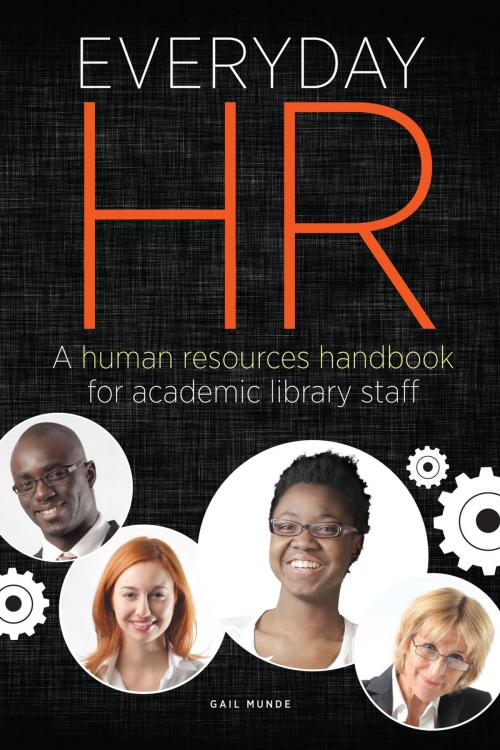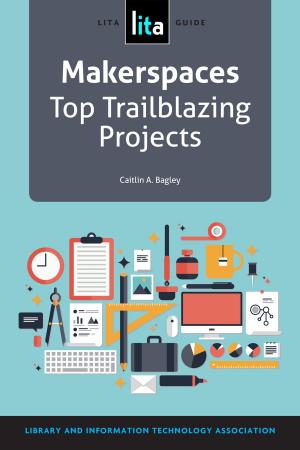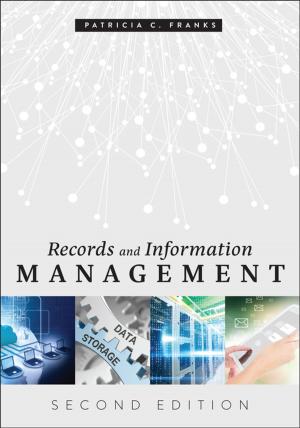Everyday HR
A Human Resources Handbook for Academic Library Staff
Nonfiction, Reference & Language, Language Arts, Library & Information Services, Reference| Author: | Gail Munde | ISBN: | 9781555708184 |
| Publisher: | American Library Association | Publication: | January 1, 2014 |
| Imprint: | ALA Neal-Schuman | Language: | English |
| Author: | Gail Munde |
| ISBN: | 9781555708184 |
| Publisher: | American Library Association |
| Publication: | January 1, 2014 |
| Imprint: | ALA Neal-Schuman |
| Language: | English |
From the dean or director to student assistants, every academic library employee is subject to a number of complicated, confusing, and intertwined employment policies and procedures. Many of these are required by law or governed by federal or state regulations; other policies or practices are unique to an institution. Because of the complex interplay of these forces, human resources (HR) management and personnel transactions can seem almost mysterious. Munde clears the air in her new handbook, providing basic explanations and rationales for the most common and practical applications of HR management in colleges, universities and academic libraries. This handbook Explains the difference between a person and a position, and details the types of positions in academic libraries Summarizes basic employment law, highlighting key federal laws which protect employees Covers the dynamics of working with others, offering guidance for managing conflicts, supervising others, and conducting performance evaluations Provides an overview of the recruitment process, with a look at the roles of search and tenure committees Readers will find Munde's handbook an effective atlas of the most traveled regions of the HR terrain.
From the dean or director to student assistants, every academic library employee is subject to a number of complicated, confusing, and intertwined employment policies and procedures. Many of these are required by law or governed by federal or state regulations; other policies or practices are unique to an institution. Because of the complex interplay of these forces, human resources (HR) management and personnel transactions can seem almost mysterious. Munde clears the air in her new handbook, providing basic explanations and rationales for the most common and practical applications of HR management in colleges, universities and academic libraries. This handbook Explains the difference between a person and a position, and details the types of positions in academic libraries Summarizes basic employment law, highlighting key federal laws which protect employees Covers the dynamics of working with others, offering guidance for managing conflicts, supervising others, and conducting performance evaluations Provides an overview of the recruitment process, with a look at the roles of search and tenure committees Readers will find Munde's handbook an effective atlas of the most traveled regions of the HR terrain.















